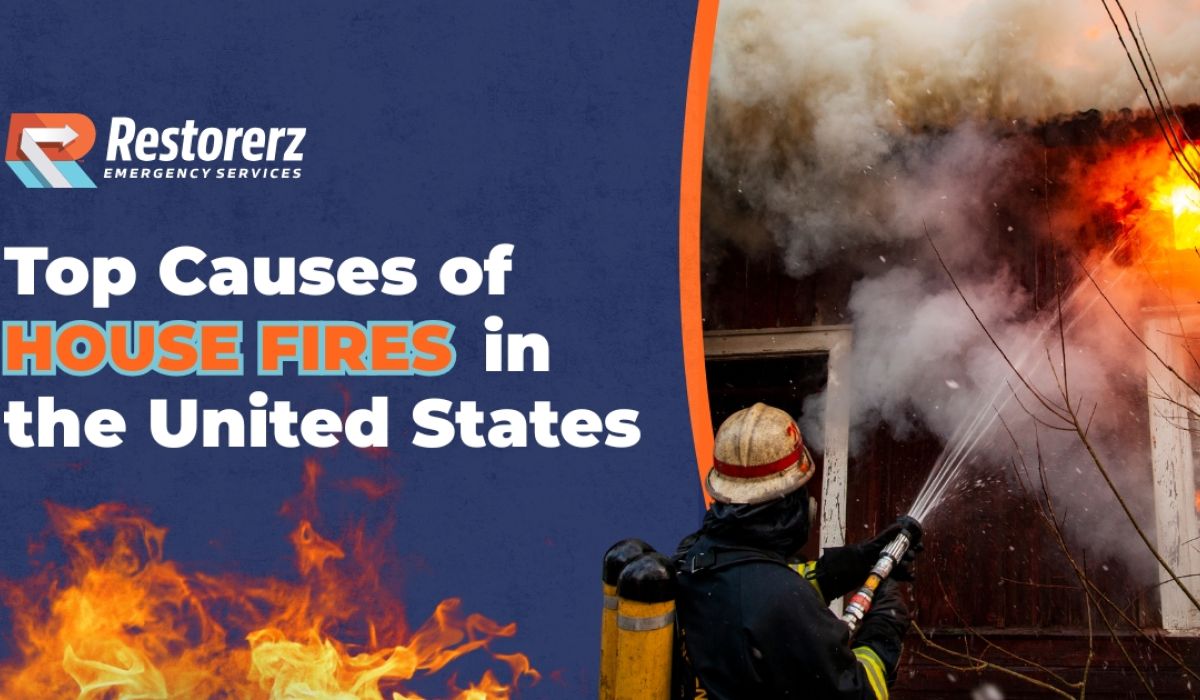Water Damage vs Flood Damage

CEO, Restorerz Emergency Services

The last thing you want to see when returning home from the California Science Center is a flooded, water-damaged home. However, there are some distinct differences when it comes to water damage vs flood damage. While both involve water, these two terms refer to quite different scenarios. The experts at Restorerz Emergency Services have some helpful tips and information to help Los Angeles area homeowners understand what makes these two water-related issues so unique.
Characteristics of Water Damage
So, what is considered water damage? The term “water damage” refers to damage caused by water entering your property from an internal source. In most cases, water damage isn’t as extensive or as widespread as flood damage, since it comes from a specific, single source.
Water damage is one of the most common causes of homeowner insurance claim filings each year. People whose homes have old plumbing or older appliances may fall victim to water damage at some point. This type of damage usually happens unexpectedly, and if it’s not caught and stopped early, the leaking water easily spreads and makes the damage to structures and belongings more severe.
Characteristics of Flood Damage
What is considered flood damage? This type of damage occurs when water enters a property from an external source. The external source commonly stems from a natural disaster, like a hurricane or a flooded river, or a lake. However, flood damage may also occur due to major storms with ongoing heavy rain or if a nearby dam is breached.
Flood damage is often much more severe than water damage and may threaten the structural integrity of property, particularly the foundation. The National Flood Insurance Program (NFIP) states that floods occur often, and they can happen nationwide regardless of your location.
Insurance Coverage Variations
Although both involve water, most insurance companies don’t cover flood damage. Homeowners living in a flood zone should get supplemental flood insurance to cover their property and belongings. If you live in a flood-prone area, most flood insurance policies require a 30-day waiting period before the policy is active, so it’s best to enroll in this type of insurance as soon as possible.
When it comes to standard home insurance, here’s what you need to know about water damage.
- Most water damage is covered only if it’s considered “sudden and accidental” and was not caused by lack of maintenance or gradual damage.
- Many insurance companies require you to take preventative measures to prevent water damage, like slowly draining water faucets during extremely cold weather, if you need to maintain coverage for burst pipes, for example.
- Your insurance company may require you to contact a licensed plumber and pay for repairs as soon as water damage occurs before your claim is approved.
- Read your policy carefully to determine what coverage types, limits, and exclusions apply to you and make adjustments as needed.
Health and Safety Considerations
Any form of water damage can pose a health and safety risk, especially if it remains unaddressed. When water seeps into flooring, drywall, and wood, mold and mildew start to grow, which may cause a range of health issues. Going anywhere near standing water also creates a serious safety risk of electrocution if the water comes into contact with electrical wires or power sources.
Flood damage tends to pose a greater risk in terms of health, since this water may be contaminated with bacteria, sewage, industrial waste, and other harmful elements.
Mitigation, Remediation, and Restoration Approaches
The terms water damage mitigation, remediation, and restoration apply to different processes. Each of these processes is vital in keeping your home and belongings safe and intact before, during, and after water or flood damage occurs.
Mitigation
Water damage mitigation focuses on the prevention of further damage during or immediately after a water-related incident. The purpose of mitigation is to try and minimize the initial damage and any secondary damages as soon as possible, like mold growth or structural failure. Trained professionals assess the extent of the water damage and implement a plan to contain it, such as removing standing water, drying out affected areas with special equipment like heavy-duty fans and industrial humidifiers, and removing any belongings that can be saved.
Making some temporary repairs is also commonly part of water mitigation efforts. Overall, this process is designed to reduce the amount of damage and total costs to the homeowner to make the remediation and restoration processes easier.
Remediation
Water damage remediation is a comprehensive process that helps restore property and belongings to their pre-damaged condition. This step typically occurs after mitigation is complete and the property is stabilized, mostly dry, and safe. Remediation involves cleaning and repairing the property while addressing any remaining moisture issues. A thorough assessment of the damage takes place, then a team of professionals creates a comprehensive restoration plan.
Some examples of water remediation may include removing damaged parts of the property, like soaked flooring or drywall. Mold growth is addressed, and water damage professionals conduct a thorough disinfection to remove and kill bacteria, mold, or mildew. Finally, a diagnostic test like moisture mapping or thermal imaging is performed to confirm that all areas of the property are now fully dry and safe.
Restoration
Water damage restoration is the process of rebuilding and repairing the property after any remaining water damage is completely removed and addressed. All damaged areas of the property are repaired and replaced, including any water-affected sections of drywall, insulation, or subfloors. Extensive repairs during this final phase are performed once the home is completely dry and free of any remaining moisture.
Restoration helps to give homeowners comfort and peace of mind knowing that their property is restored to its original condition. This part of the process may take the longest, but it’s also the most significant in terms of impact on the affected property.
Contact Restorerz 24/7 for Professional Water Damage Help Today!
Safeguard your Los Angeles area property and protect your well-being by reaching out to Restorerz Emergency Services for professional water damage restoration. Our team is available 24/7 to deliver prompt and reliable solutions for all types of water damage. If you would like to schedule service, contact us today!

![What is Green Mold [Comprehensive Guide]](/wp-content/themes/yootheme/cache/ef/Restorerz-What-is-Green-Mold-1200x630-10.22.2025-v1-efa9ac85.jpeg)
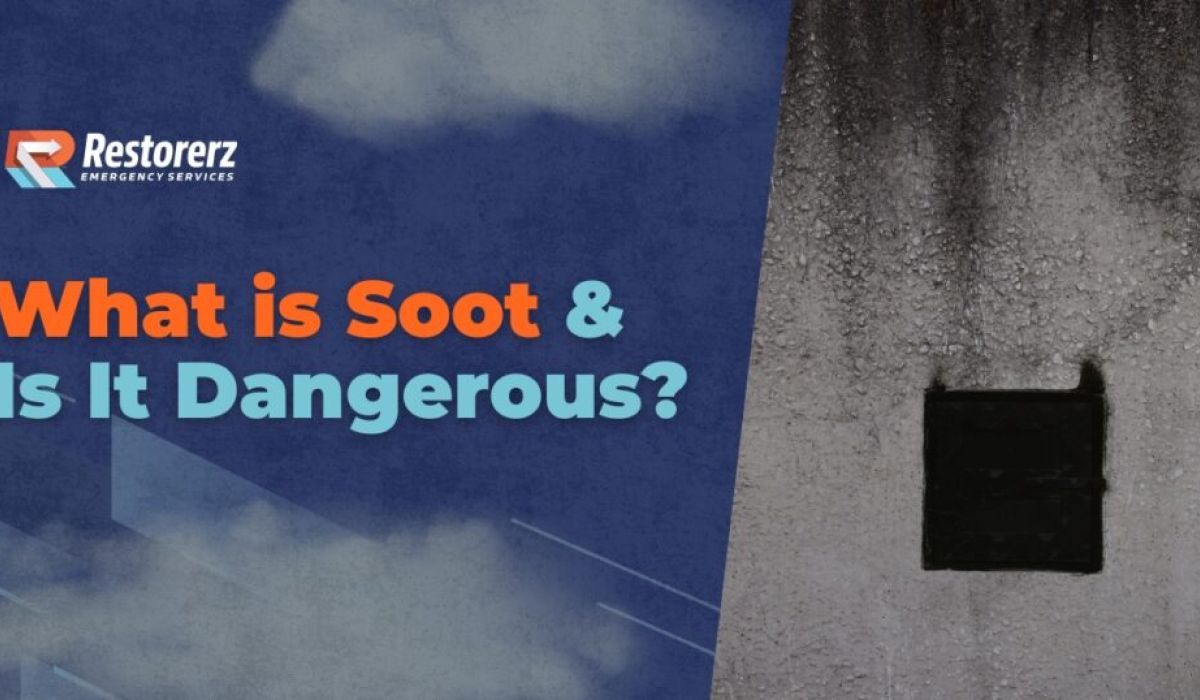
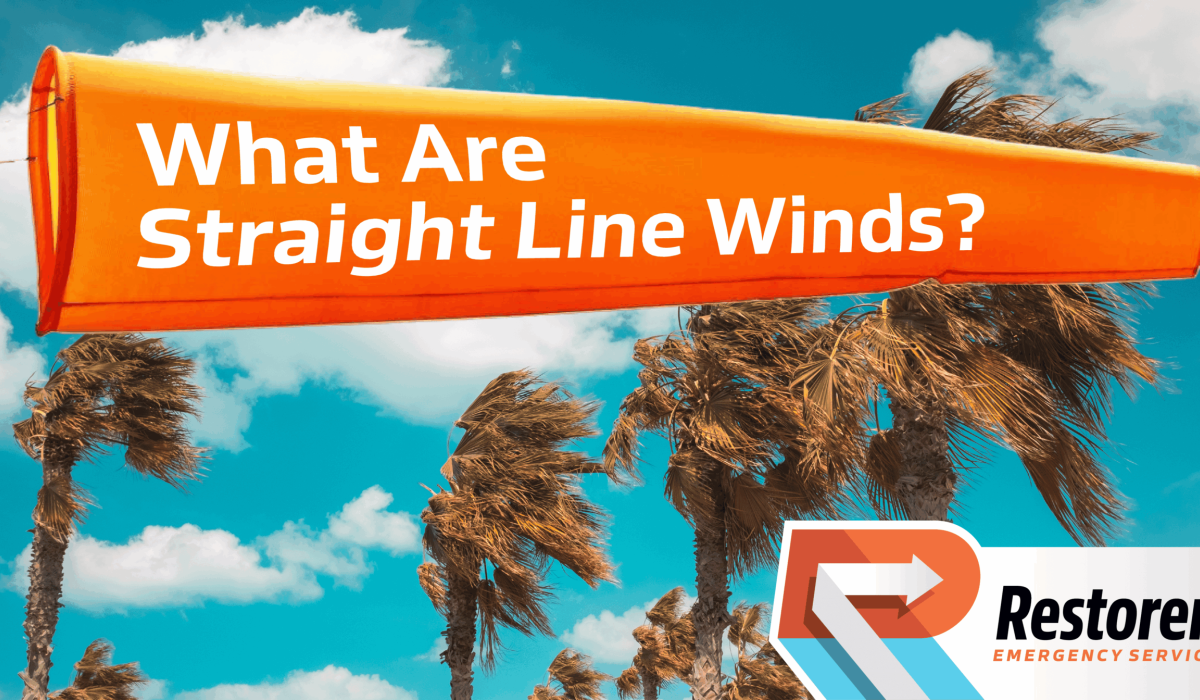
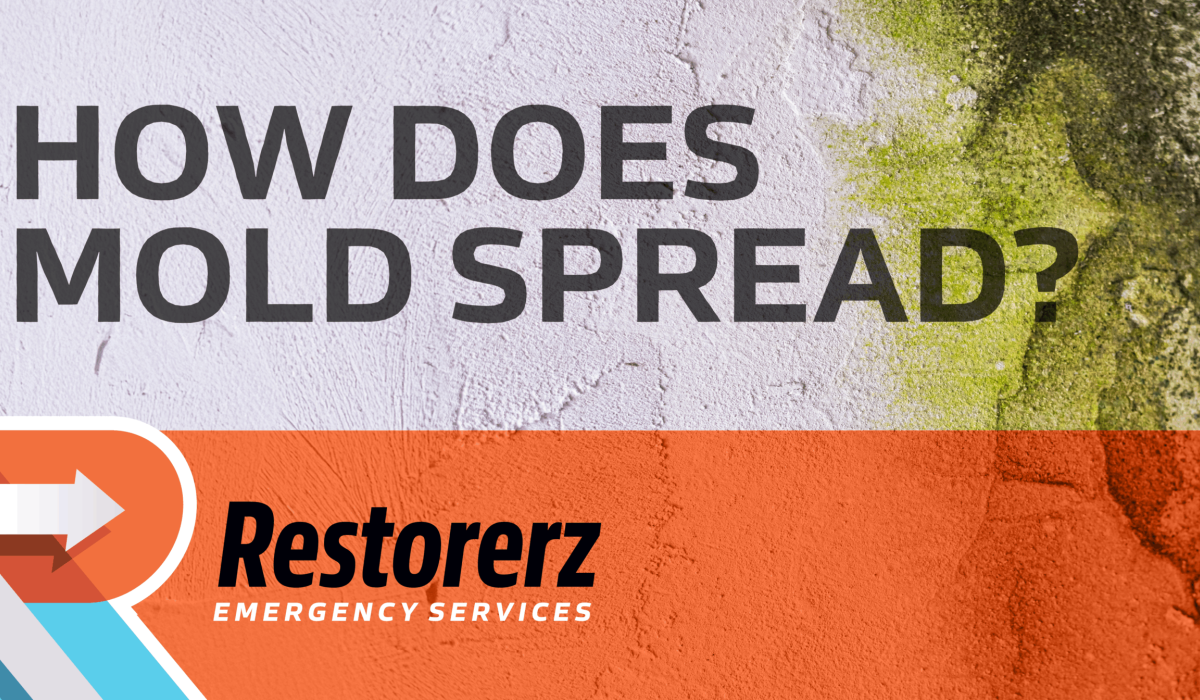
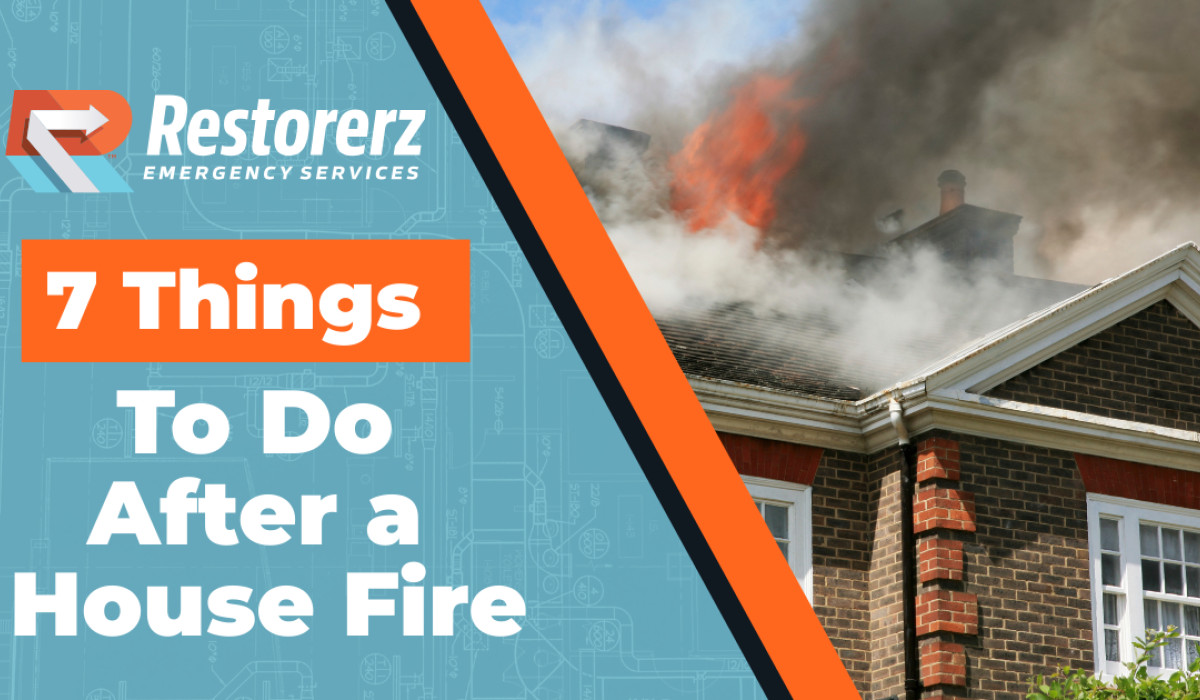

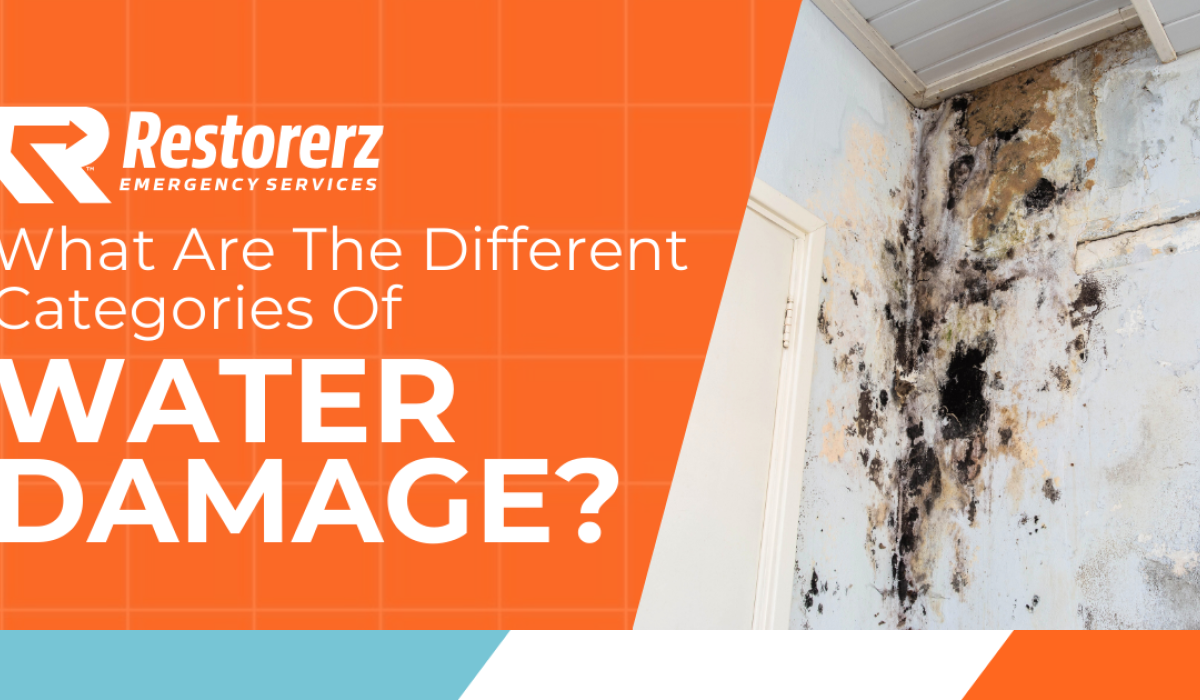

![All About Pink Mold [Prevention & Remediation Strategies]](/wp-content/themes/yootheme/cache/3a/Restorerz-Blog-All-About-Pink-Mold-Prevention-Remediation-Strategies-1-3a7c91cf.png)
